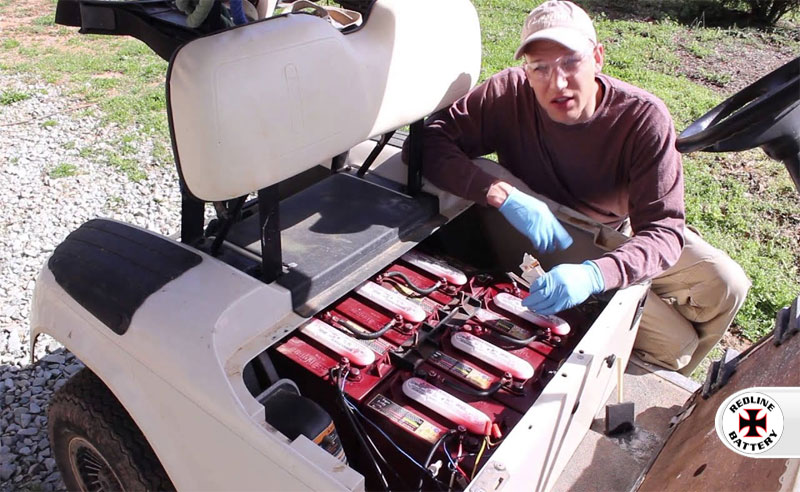Key Considerations When Choosing a Golf Cart Battery

A reliable battery is essential for enjoying your golf cart to the fullest. It’s the powerhouse that propels you across the course, ensuring a smooth and enjoyable ride. Still, with so many options available, choosing the right golf cart battery can be overwhelming. Discover the key considerations to ensure you select the perfect battery to maximize your cart’s performance, range, and lifespan.
Voltage Requirements & Battery Type
The first step in choosing a golf cart battery is understanding your cart’s voltage requirements. Most golf carts operate on either a 36-volt or 48-volt system. A 36-volt system typically uses six 6-volt batteries, while a 48-volt system uses either six 8-volt or four 12-volt batteries. Higher voltage systems generally offer increased power and torque, making them ideal for hilly terrain or carrying heavier loads.
Once you know your voltage needs, you can consider the different battery types available. The most common type is the flooded lead-acid (FLA) battery, known for its affordability and reliability. Absorbed Glass Mat (AGM) batteries are maintenance-free and offer better performance than FLA batteries but come at a higher cost. Lithium-ion (Li-ion) batteries are the newest technology, offering superior energy density, faster charging, and a longer lifespan, but they are the most expensive option.
Capacity and Range
The capacity of a golf cart battery is measured in amp-hours (Ah), which indicates the energy the battery can store. Higher amp-hour ratings translate to longer runtimes and greater range, making them a key factor in choosing the best golf cart battery.
To estimate the range of your golf cart, you’ll need to consider the average energy consumption of your specific model and the terrain you typically encounter. Generally, a 48-volt golf cart with a 200 Ah battery pack can cover around 25-35 miles on a single charge. However, factors like hilly terrain, additional passengers, and the use of accessories can significantly impact your cart’s range, so it’s important to choose a battery with enough capacity to meet your needs.
Maintenance Requirements & Costs
Maintenance requirements and costs vary significantly among different battery types. Flooded lead-acid batteries, while the most affordable upfront, require regular maintenance like checking and topping off water levels, cleaning terminals, and periodic equalization charging. These maintenance tasks add to the overall cost and can be time-consuming. AGM batteries are virtually maintenance-free, requiring only occasional cleaning. Lithium-ion batteries also have minimal maintenance needs, but their higher initial cost is a factor to consider. Ultimately, the best golf cart battery for you will depend on your budget and willingness to perform regular upkeep. It’s crucial to weigh the long-term costs associated with each battery type, including maintenance and eventual replacement.
Additional Considerations
Beyond voltage, capacity, and maintenance, other factors can influence your battery choice. Consider the weight of the battery, as it affects the cart’s handling and energy consumption, which can also affect the wear and tear on components like your golf cart steering kit. Charging time is another consideration, with lithium-ion batteries generally offering faster charging speeds. Safety features and environmental impact should also be factored in.
Choosing the correct golf cart battery is a crucial decision that can significantly impact your overall experience on the course. Consult an auto parts professional for help or to learn more about your options.




